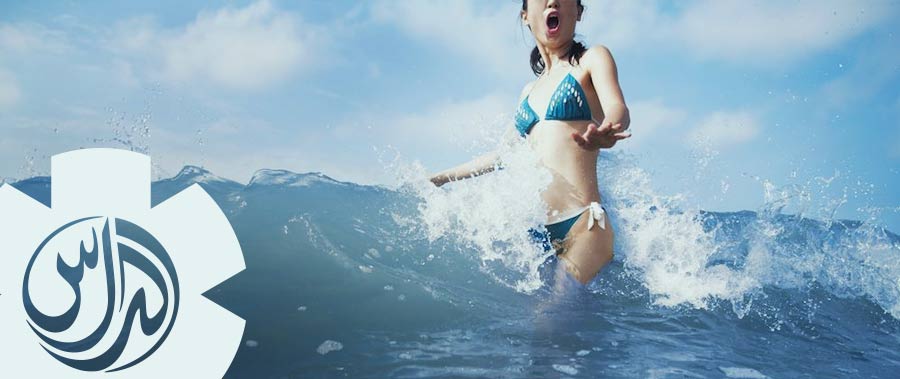
Sea lice and how to treat them
Although they’re called sea lice, these larvae have no relation to the lice that cause head lice. They aren’t even sea lice — actual sea lice only bite fish. However, the term has stuck over time.
When you swim in the ocean, the larvae become trapped inside your swimsuit. The larvae have stinging cells known as nematocysts. When the larvae rub against your skin, you experience skin irritation known as sea lice bites.
Wearing tight bathing suits makes the bites worse because of the added friction. So, does rubbing a towel against the skin. You can also get sea lice bites if you put a swimsuit back on that you haven’t washed or dried. Because the stinging cells aren’t alive, they can stay on clothing.
What is sea lice rash
Sea lice rash are skin irritation due to the trapping of small jellyfish larvae underneath bathing suits in the ocean. Pressure on the larvae causes them to release inflammatory, stinging cells that cause itching, irritation, and red bumps on the skin.
While the skin irritation is usually mild to moderate, some people can experience more severe side effects, such as a high fever in children.
What are the symptoms
You can experience the symptoms of sea lice bites almost immediately after getting in the water. You may describe the initial symptoms as “prickling” sensations. After this time, the skin will usually start to itch – in adults, this is often the only symptom.
Children can have more body-wide symptoms like:
- Fever
- Chills
- Headaches
- Diarrhea
- Lethargy
- Nausea and vomiting
- Muscle spasms and joint pain
- Red bumps that may come together and resemble a large, red mass
The rash usually lasts about two to four days. However, some people may experience a rash from sea lice bites for up to two weeks.
How to treat sea lice
You can usually treat sea lice bites with over-the-counter medicines such as corticosteroid creams. This can help to reduce itching and inflammation.
Sometimes, a person may have a severe reaction to sea lice bites and need to seek medical attention. A doctor may prescribe oral corticosteroids, such as prednisone.
With treatment, sea lice bite symptoms usually go away within four days.
Complications
The main complication is scarring due to scratching, but if you avoid it, you will avoid possible infection. Signs of infection include increased pain, swelling, pus, redness, red streaks or warmth around the affected area. A fever is also a red flag.
Important note: Sea lice bites aren’t contagious. Once you have the sea lice bites rash, you can’t pass it along to another person.
However, it’s possible that if you loan out your swimsuit without washing it, another person could get a rash from the cells. This is why you should wash your swimsuit and dry it in warm heat after washing.
To conclude, sea lice rash is not dangerous and should not discourage enjoyment of the sea and ocean. A few key tips are your best defense. If symptoms appear unusually severe or persistent, consult with a GP for treatment.
Book a visit 04 452 9998 or by filling the online form